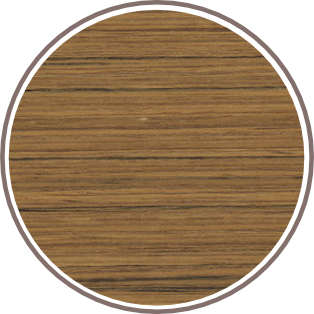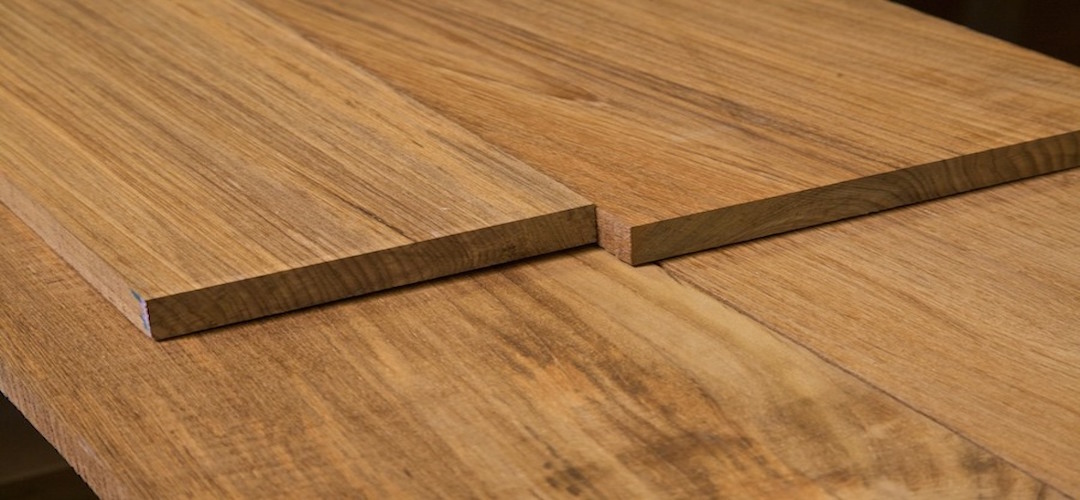
 Burmese Teak Wood
Burmese Teak Wood
Characteristics of Burmese Teak Wood
Colour | Appearance:
Heartwood tends to be golden or medium brown, with colour darkening with age.
Grain | Texture:
Teak has a coarse texture with medium-sized open pores. The grain tends to be straight, though it can occasionally be wavy or interlocked. Teak also has a slightly oily or greasy feel due to its natural oils.
Rot Resistance:
Teak has been considered by many to be the gold standard for decay resistance, and its heartwood is rated as very durable. Burmese teak is naturally resistant to termites.
Workability:
Easy to work in nearly all regards, with the only caveat being that Teak contains a high level of silica (up to 1.4%) which has a pronounced blunting effect on cutting edges. Despite its natural oils, Teak usually glues and finishes well, though in some instances it may be necessary to wipe the surface of the wood with a solvent prior to gluing/finishing to reduce the natural oils on the surface of the wood.
Odor:
Teak can have a leather-like scent when freshly milled.
Sustainability:
This wood species is not listed in the CITES Appendices or on the IUCN Red List of Threatened Species.
Common Uses:
Ship and boatbuilding, veneer, furniture, exterior construction, carving, turnings, and other small wood objects.

Architects & Interior Designers

Sports Goods Manufacturers

Real Estate Builders & Developers

Wood Tool Manufacturers

Wood Furniture Manufacturers

Wood Trader

Handicraft Manufacturers



